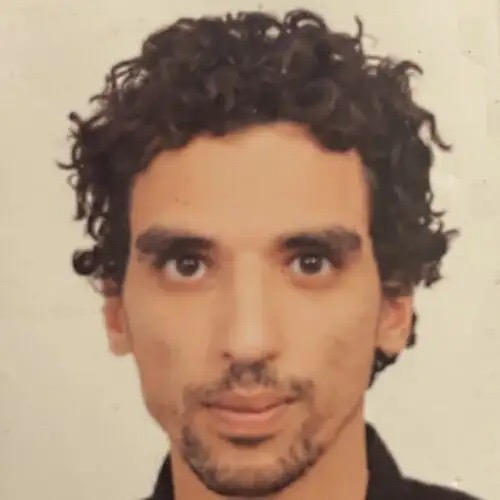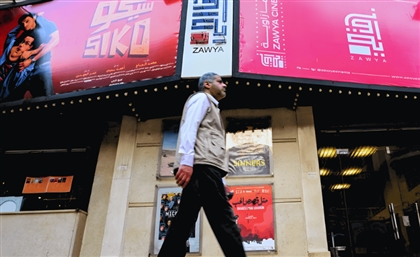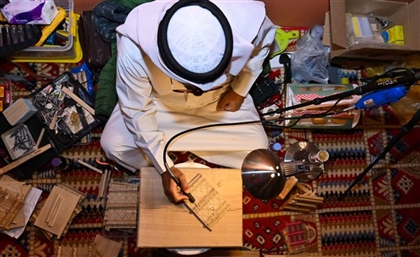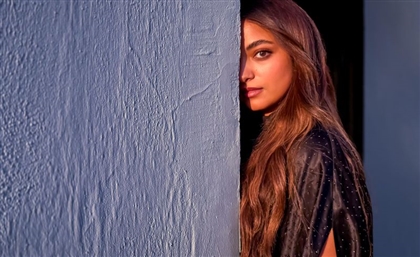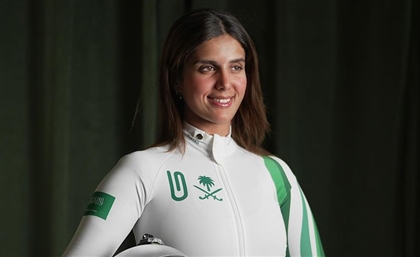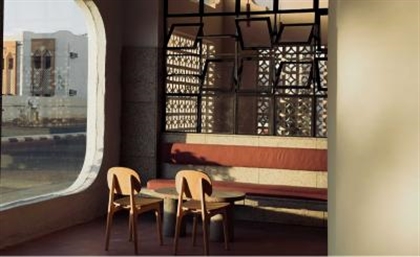Cannes 2024: ‘The Village Next to Paradise’ is a Slow Somalian Tragedy
Directed by Somali-Austrian director Mo Harawe with work by Egyptian DOP Mostafa El Kashef, the film follows a family in Somalia striving for a better future amidst the threat of drone strikes.
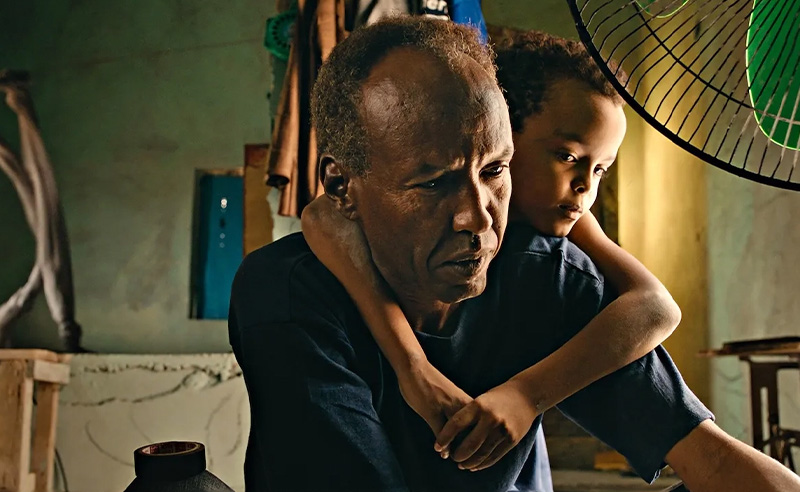
‘The Village Next to Paradise’ begins with a real news bulletin reporting a U.S. drone strike targeting smugglers in Somalia. The broadcast includes CGI graphics illustrating the sequence. We see the drone shooting twice at a moving vehicle, causing it to flip over and catch fire. This re-enacted segment using 3D vector imagery abruptly transitions to the raw, unfiltered reality on the ground. We are introduced to a brother and sister living in a coastal Somali village called Paradise. Throughout the film, the brother is revealed to be a smuggler himself.
This juxtaposition between the simplified news coverage and the intricate, real-world scenario serves to critique the often superficial and one-dimensional portrayal of events by Western media. The opening sequence underscores a very clear and direct message. While the news offers a tidy one-dimensional narrative, the true situation on the ground is far more nuanced and complex. Within only a few seconds, ‘The Village Next to Paradise’ effectively highlights the disparity between media representation and the multifaceted reality of life in Somalia.
‘The Village Next to Paradise’, the debut feature film by Somali-Austrian director Mo Harawe, is set in the small, windy village of the director's homeland. Presented in the Un Certain Regard section, the film follows this small family striving for a better future. The narrative primarily centres on Mamargade (played by Ahmed Ali Farah), whose main occupation is burying the dead.
The dead are mostly victims of drone strikes. However, Mamargade is also involved in various illegal activities, including smuggling firearms, ammunition and other contraband. He is also responsible for the care of a young boy. However, his emotional detachment is evident from the start. In an attempt to free himself from his responsibilities, he sends the boy off to boarding school. The film explores these complex dynamics within the family, especially within the broader societal context of struggling to make ends meet. Running for two hours and 13 minutes, the film unfolds at a very deliberate pace, allowing the intricacies of the story to gradually reveal themselves. The film was shot over three months in Somalia by Egyptian Director of Photography Mostafa El Kashef. This marks his second consecutive year competing at Cannes, a remarkable achievement for any cinematographer, let alone one from Egypt. Kashef has a keen eye for framing, often placing his characters at the edge of the shot. In one scene, we hear a conversation between the smuggler and the young boy while the camera remains fixed on their feet. In another shot, which might be the film’s most impressive sequence, we see the boy, Cigaal, covering his eyes as victims of a drone strike are rushed into a hospital. The camera remains fixed on Cigaal, capturing his reaction while we hear the screams and cries around him. These unconventional framing choices significantly enhance the film's visual impact.
The film was shot over three months in Somalia by Egyptian Director of Photography Mostafa El Kashef. This marks his second consecutive year competing at Cannes, a remarkable achievement for any cinematographer, let alone one from Egypt. Kashef has a keen eye for framing, often placing his characters at the edge of the shot. In one scene, we hear a conversation between the smuggler and the young boy while the camera remains fixed on their feet. In another shot, which might be the film’s most impressive sequence, we see the boy, Cigaal, covering his eyes as victims of a drone strike are rushed into a hospital. The camera remains fixed on Cigaal, capturing his reaction while we hear the screams and cries around him. These unconventional framing choices significantly enhance the film's visual impact.
However, the film felt somewhat underwhelming overall. While the cinematography and the performances were impressive, they could not fully compensate for the film's pacing and narrative structure. The story progresses slowly, and the tension that is supposed to build throughout the film never quite reaches its peak. By the time we reach the big reveal at the end, it feels like too little too late.
- Previous Article Italian-Palestinian Duo No Input Debuts Eponymous Electro EP
- Next Article General Authority for Culture Palaces Host Free Film Screenings







